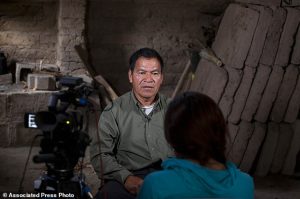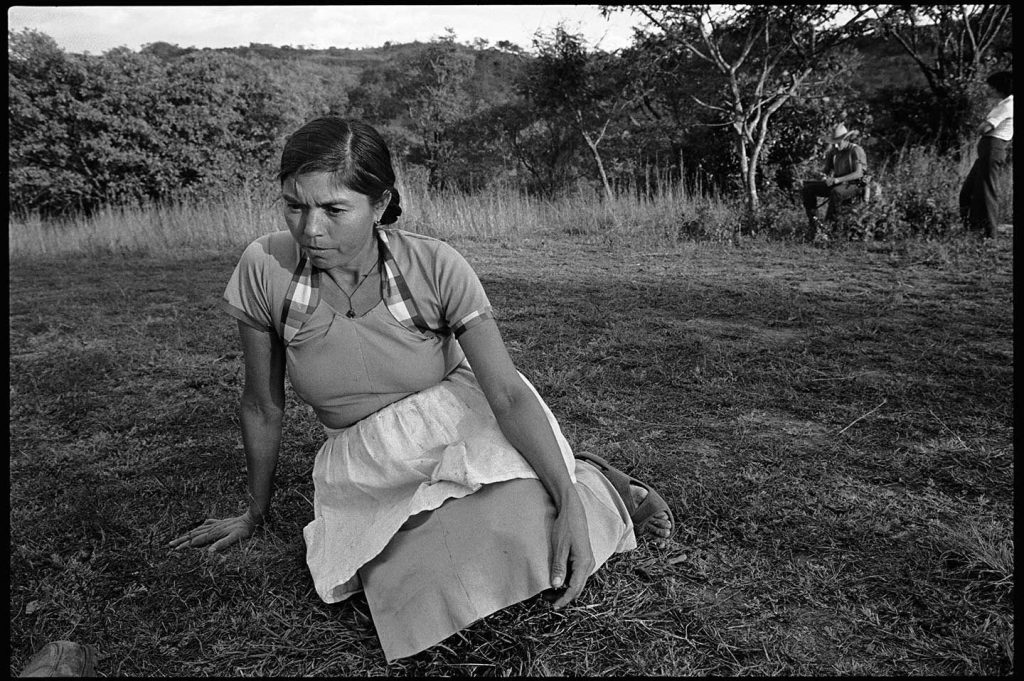Five days after the massacre, Trinidad Ramírez returned to his childhood home to bury his mother, sister, brother, 8-year-old niece, and 6-year-old nephew. He and two other men dug a meter-deep hole at the foot of a sapote tree.

They wrapped the charred bodies in sheets and curtains and said a hasty prayer. Then they fled. There were still soldiers around.
Ramírez had been working as a field hand farther down the mountain, trying to survive an increasingly bloody civil war between leftist guerrillas and right-wing government troops. It was December 1981.
The United States was sending the Salvadoran military a million dollars a day. Soldiers killed Ramírez’s family and nearly 1,000 other civilians—mostly women, children, and old people—in a scorched-earth operation in El Mozote, La Joya, Cerro Pando, and surrounding villages in the department of Morazán. It was the worst massacre in modern Latin American history.
The government denied the slaughter, and the Reagan administration repeated the lie, dismissing accounts by journalists Raymond Bonner and Alma Guillermoprieto in The New York Times and The Washington Post, respectively. Pictures of rotting bodies and burnt homes by photographer Susan Meiselas accompanied the stories, which were both published on January 27, 1982.
After the war ended a decade later, a UN Truth Commission pressured the Salvadoran government to excavate the ruins of El Mozote’s sacristy, where they found the skulls of 143 individuals. All but 12 were children. Investigative journalist Mark Danner reviewed hundreds of State Department and CIA cables to expose the US cover-up in The New Yorker.

Embassy officials had known about the scorched-earth operation in Morazán carried out by the US-trained Atlacatl battalion; the officials visited the devastated area on January 30 and got the impression from interviews that “something horrible had happened.” They played it down in cables to Washington. The State Department denied the massacre to Congress. Danner’s 1993 article, “The Truth of El Mozote,” set the record straight: It happened. The United States knew.
On the thirty-fifth anniversary of the atrocity, El Mozote remains a stark example of the tragic consequences of anti-communist fervor in poor countries like El Salvador. But outside history classes that study the country’s civil war and journalism classes that assign Danner’s article (later expanded into a book), the massacre has mostly been forgotten. There are new ideologies and new atrocities to worry about.

